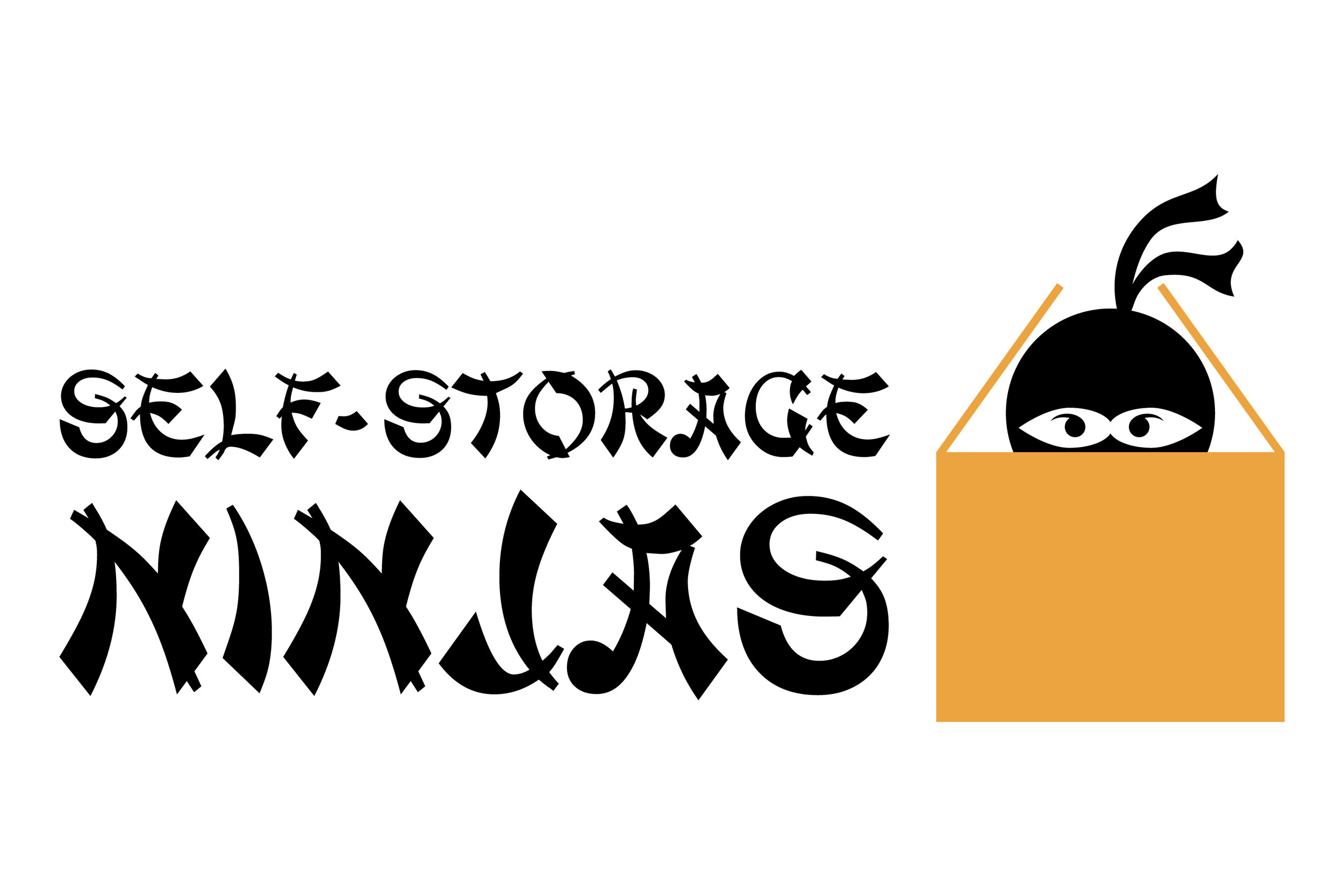How much does a feasibility study cost?
Self-storage feasibility studies and boat and RV storage feasibility studies can cost anything from $3,500 to $10,000 per study.
The deciding factors of price come down to a few main elements:
The experience level of the feasibility consultant
What is included within the study (will it include marketing tactics, comprehensive projections, etc.)
If it’s a full, remote, or reverse study (the deciding factor being if there will be traveling for scouting competitor facilities)
Remote Self-Storage Feasibility Studies and Boat and RV Storage Feasibility Studies, sometimes called Limited Feasibility Studies, range between $3,500 and $6,500. This type of study may be too limited by scope or data for investors or lenders and typically includes:
Competitive analysis
Rental rate report and summary
Supply and demand to determine if the facility is viable
Development recommendations
Expected projected gross scheduled income
Stabilized net operating income estimates
Full Self-Storage Feasibility Studies and Boat and RV Storage Feasibility Studies, sometimes called Market & Feasibility Studies or Self-Storage Feasibility Reports, range between $5,000 and $10,000 per study, usually with additional fees for travel expenses. This type of study typically includes the following, in addition to everything you’d get in a remote study:
An in-person evaluation of your proposed self-storage site
Recommendations for your unit mix, pricing, development cost, and rent up period
Twenty-year cash flow projections
Sensitivity analysis—demonstrating to your financial partner this is a sound investment worthy of underwriting
Reverse Self-Storage Feasibility Analysis and Reverse Boat and RV Storage Feasibility Analysis identify a specific submarket for you to look for land in. A reverse analysis for boat and RV storage will give a wider range, usually in a 10-mile radius. This type of study sits at about $4,000 per location. Reverse studies take longer than remote studies to complete due to discarding and considering multiple locations. They include all of the information you receive in remote studies.
There’s no shortage of choices when it comes to study types. Consider what you want your result to be, and trace the best steps to take backward from there—hone in on your goals and expectations.
